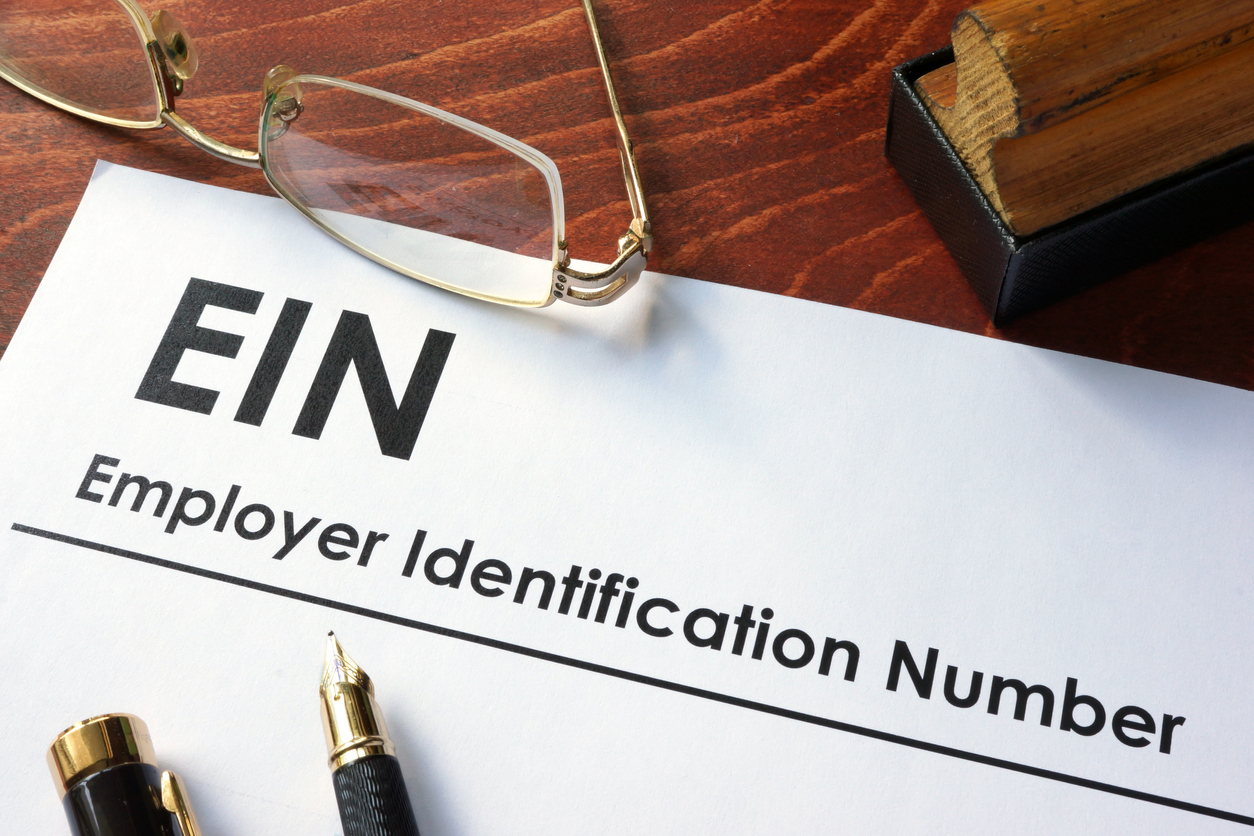
We all recognize that if we need to open a bank account, apply for a job, need a passport, get health insurance, apply for a mortgage, apply for a credit card, or get a driver’s license, someone will ask for our social security number. Why? Simple: This number identifies us individually within financial, professional, medical, and governmental agencies.
The Federal Employer Identification Number or FEIN (aka EIN –Employer Identification Number) is to a business entity what the Social Security Number is to the individual. The federal government requires an entity to obtain a FEIN if the entity has employees, operate as a corporation or partnership; file employment, excise, alcohol, tobacco, or firearms taxes; have a Keogh plan; or are involved in any of the following types of organizations:
- Trusts, except certain grantor-owned revocable trusts, IRAs, Exempt Organization Business Income Tax Returns
- Estates
- Real estate mortgage investment conduits
- Non-profit organizations
- Farmers’ cooperatives
- Plan administrators
State governments, departments of business & professional regulations, financial institutions, and business credit bureaus such as Dun and Bradstreet use the FEIN to identify an entity from other entities throughout the country.
One would assume that the standard would be to obtain a prospective customer’s FEIN before investing time, money, and resources into any potential business relationship at least to verify the entity status, ownership, domicile, length of time in business, and related entities; dba, trade, or fictitious names; workers’ compensation policy coverage, experience modification factor, and credit rating?
Unfortunately, not checking a company’s reputation is a mistake many business owners find themselves doing business with an inactive or dissolved entity. Likely, these shell entities do not conduct themselves responsibly in handling debts, obligations, and liabilities arising out of their continued operations. And many times, it is the active legal business entity that is left holding the bag when issues arise.
So how do you protect your company? It’s simple: Ask and Check!
It is up to your company to employ robust customer vetting procedures designed to reduce your loss exposure. This process should always begin with knowing “who it is that your company is doing business with.”
To find out more, visit IRS.GOV/EmployerID or download Understanding Your EIN.
